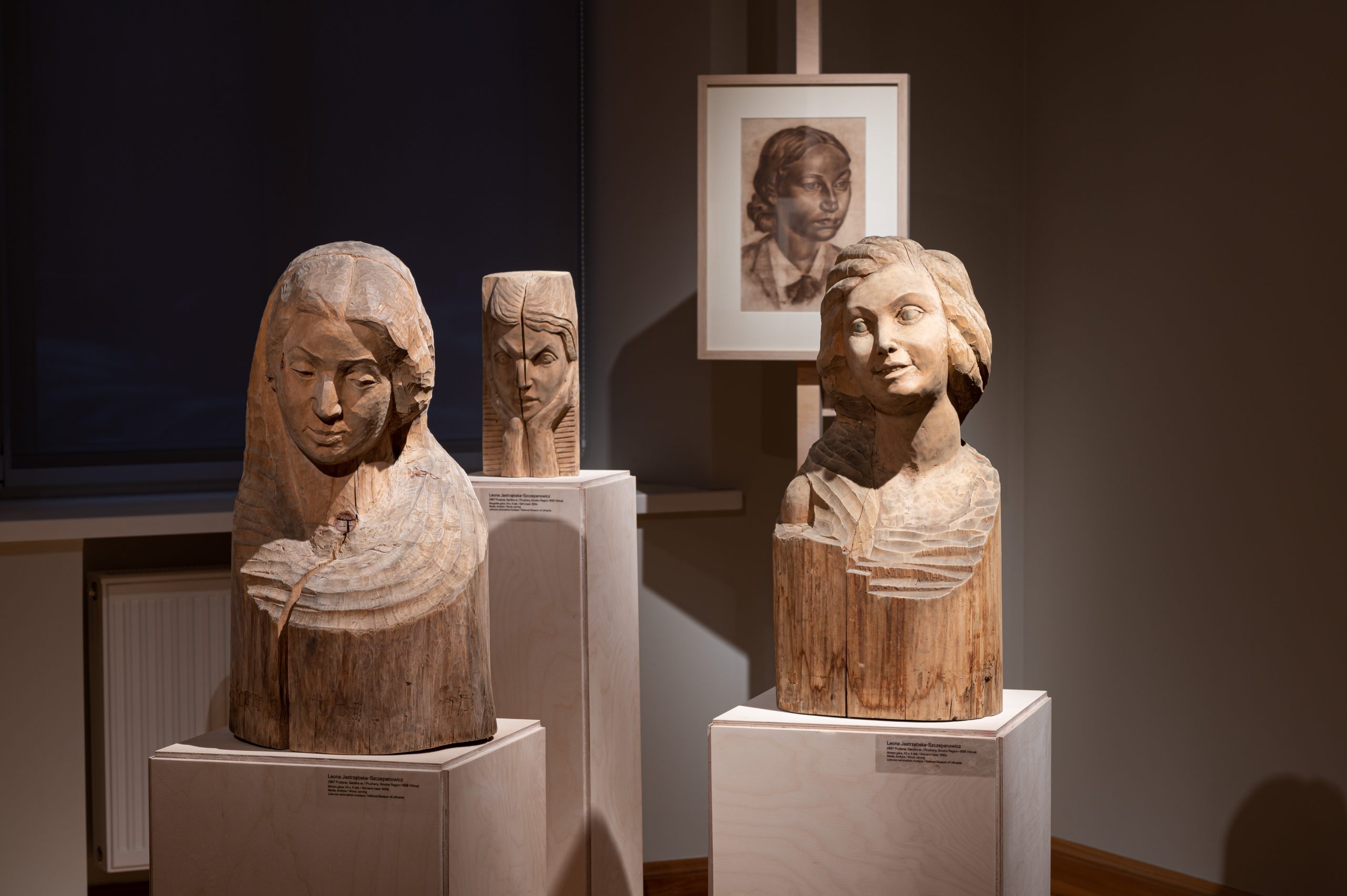Women Artists in Interwar Vilnius. Between Expectations and Possibilities
15 December 2021 - 24 April 2022

The twenty-year period from 1919 to 1939 was framed by two tectonic historical shifts – the Great War and the Second World War, and saw the rule of the Second Republic of Poland. The period was propitious for women artists who felt visible and welcome as never before: women started to be admitted to the university to study art, they took part in the activity of various art societies and groups – the Society of Women Artists of Poland, the Society of Vilnius Artists, the Society of Independent Vilnius Artists, the Society of Popularization of Vilnius Artistic Culture, the Work Cooperative of Vilnius Artists, the Jung Vilne group and the Vilnius Group, and held solo exhibitions (Ona Soltanaitė-Römerienė in 1925, Leona Szczcepanowicz in 1932). However, women artists’ expectations had to face economic and social challenges, which would often become a significant obstacle for their further successful career. Another reason why it was not easy to achieve the status of independent artist was the deeply entrenched social norms and gender roles – those of daughter, wife and associate, and mother – and the dilemma of giving priority to artistic interests.
The aim of the exhibition is to put in the limelight a unique but little familiar segment of interwar Vilnius art – the results of artistic activity of women of different generations, nationalities and social layers who worked in Vilnius. The stylistics of their works varies from realistic expression typical of the early 20th century to modern examples of art deco and expressionist art. In the exhibition, women artists’ work is presented through six thematic sections: A Framed Gaze tells about portraits and self-portraits created by women, Home Territories offers a behind-the-scenes peek at their home environment, Spaces of Dreams and Anxiety take us to the realm of socially and emotionally sensitive experiences from poverty to buffoonish circus performances, Revelations of Traditional Culture introduce the field of ethnic culture research and knowledge, In the Rhythm of Stylish Life draws attention to the search for modernity and popular and theatre culture of Vilnius of that time, and Art Pilgrims illustrates the subject of women artists’ trips. Women artists’ migration (the majority of them were not natives of Vilnius), just like education issues, in one or another aspect is related to all the chosen thematic sections. Short biographies of the most distinct artists or, on the contrary, creators who have been left outside the history of art, are provided. These brief narratives reveal intriguing details and reiterate the multi-faceted character of the Vilnius art scene in the interwar period.
On display are artworks, photographs and documents from nine memory institutions of Lithuania: museums, archives, libraries and four private collections. The exhibition presents sixty women artists and includes 52 paintings, 10 sculptures, 58 prints and drawings, 37 photographs, 40 archive material (documental photos, objects, magazines), and 8 ethnographic objects. The visuals of the exhibition is supplemented by sound recordings and video footage. Some works updated with more specific attribution are presented to society for the first time after almost a hundred years.
Algė Andriulytė, Ilona Mažeikienė
Organisers: Lithuanian National Museum of Art, Vilnius Academy of Arts
Architect Eglė Matulaitytė, Processoffice
Designer Liudas Parulskis
Project is funded by Lithuanian Council for Culture
Media sponsors: Lithuanian National Radio and Television, JCDecaux
1 Goštauto st, Vilnius, Lithuania
+370 5 261 6764.
kasiulio.muziejus@lndm.lt













